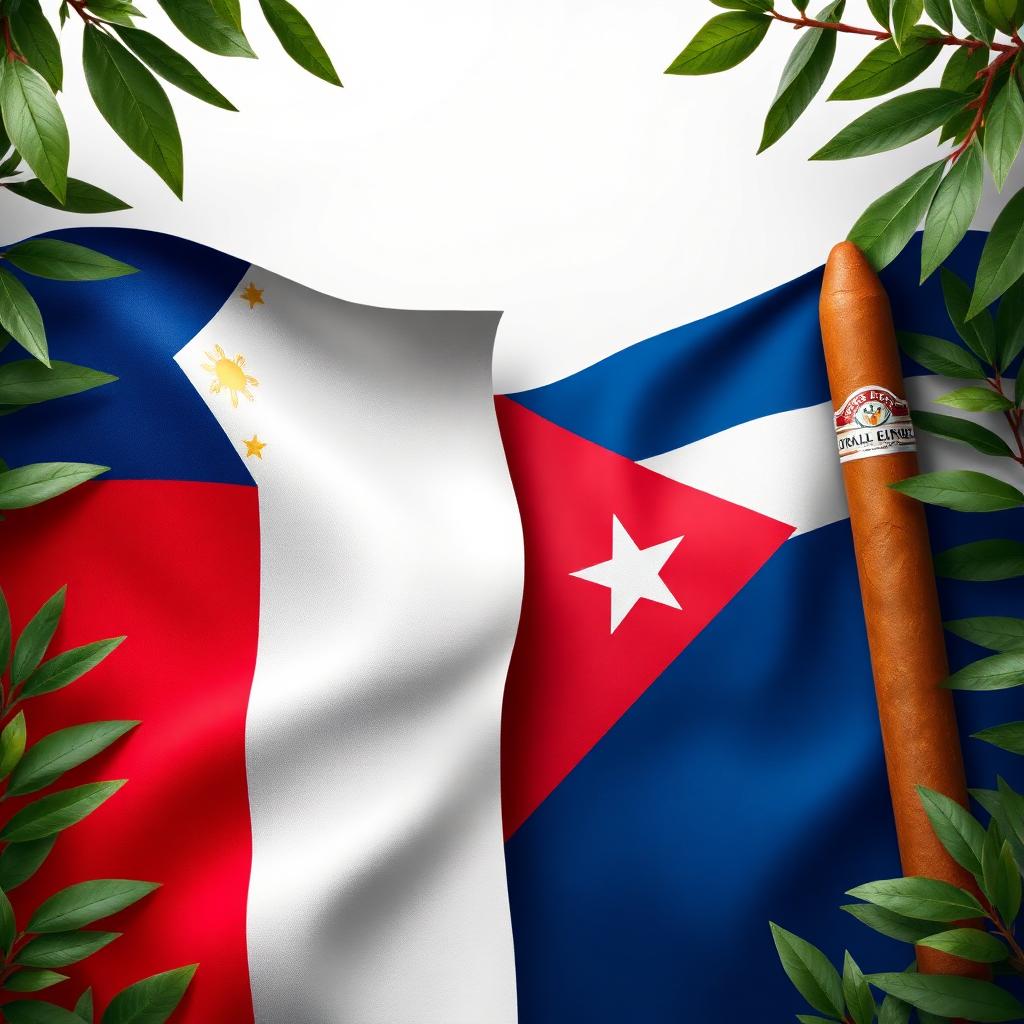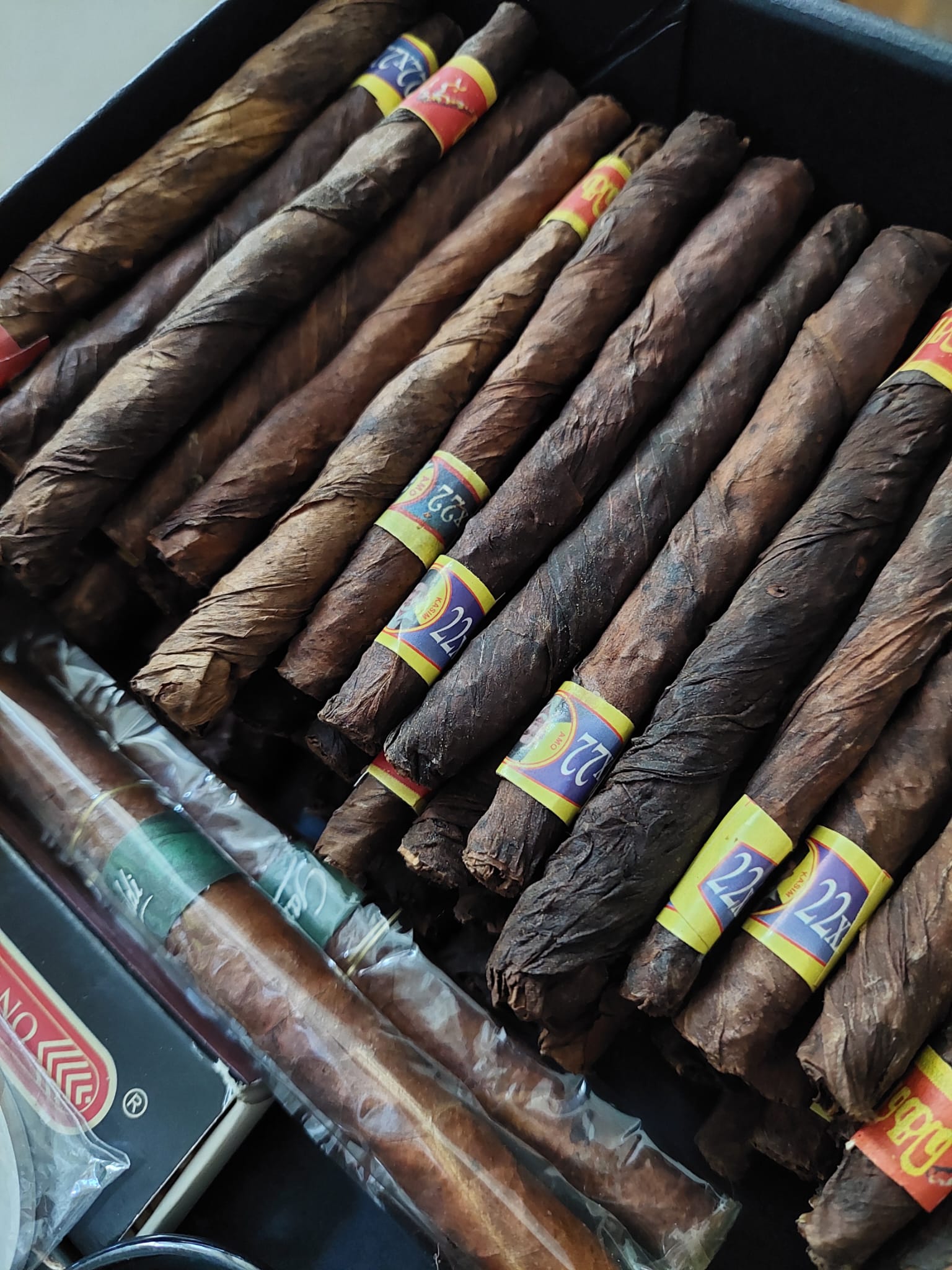Jake Sanders, Manila
Little Philippines, known as “Pequeña Manila,” is a site of significant historical and cultural importance located in the province of Matanzas, Cuba. Established during the late 19th and early 20th centuries, this unique area highlights the connections between the Filipino community and Cuban society, revealing a fascinating narrative of migration, culture, and resilience.
Philippine Migration to Cuba
The ties between the Philippines and Cuba began during the Spanish colonial era, when both territories were part of the Spanish Empire. In the late 19th century, as revolution and conflict erupted in the Philippines, many Filipinos found themselves migrating to various parts of the world, including Cuba. Many of them worked in the cigar industry.
The first significant influx of Filipino workers occurred when the Spanish colonial authorities brought in laborers to work in the sugar plantations of Cuba. Between the late 1800s and early 1900s, thousands of Filipinos arrived in Cuba, escaping the tumult in their homeland. These laborers primarily settled in specific areas, including Havana and later, in Matanzas, where they formed tightly-knit communities.
The Establishment of Little Philippines
In 1935, the Filipino community in Cuba established what is now known as Little Philippines. The neighborhood served as a cultural enclave for the Filipinos, where they could maintain their customs, traditions, and social networks. The area featured Filipino restaurants, social clubs, and other businesses run by individuals from the Philippines, fostering a sense of belonging and identity despite the challenges of displacement.
Cultural Connections and Influence
The Filipino community significantly influenced the cultural landscape of Cuba. A blend of Filipino and Cuban traditions emerged, particularly in cuisine, music, and festivals. Filipino dishes began to be integrated into local Cuban menus, while elements of traditional Filipino music and dance influenced Cuban performers.
One notable connection is the celebration of the Santo Niño festival, a nod to the Filipino devotion to the Child Jesus, which became adapted in the local context, drawing participation from both Filipino and Cuban residents. This cultural interchange enriched both communities, leading to a unique hybrid culture that reflects their shared history and experiences.
Challenges Faced
Despite the vibrant culture, the Filipino community in Cuba encountered various challenges. Discrimination and economic hardships were prevalent, particularly during the Cuban Revolution in 1959. Many Filipinos faced difficulties in retaining their businesses and adjusting to the new political landscape, leading to a decline in the Filipino population in Little Philippines.
However, the community’s resilience was evident as they continued to advocate for their rights and maintain their cultural identity. Efforts were made to ensure the preservation of Filipino traditions amidst changing dynamics, leading to the establishment of cultural organizations focused on keeping the Filipino heritage alive in Cuba.
Little Philippines in Cuba represents a rich tapestry of history and culture, showcasing the enduring connections between the Filipino people and their Cuban counterparts. From its establishment as a cultural enclave to its evolution amidst challenges, Little Philippines serves as a testament to the resilience of immigrant communities and the power of cultural exchange. Today, this legacy continues to thrive, reminding us of the shared human experience across borders and the importance of cultural heritage in fostering community and belonging.



